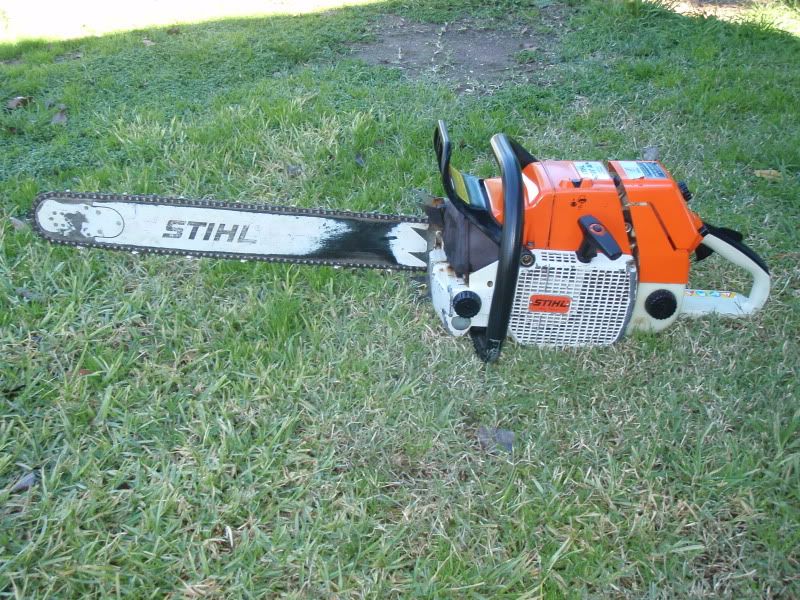Track tuning your Tillotson Carburetor.
If the carburetor settings are too rich ( too much fuel ) the engine will falter at that section of the track corresponding to that particular range of the carburetor settings. A spluttering or irregular firing sound will be heard. This sound is also called 4 stroking. If this sound occurs at low speed while at full throttle, such as coming out of a tight turn, it is usually due to the Low Speed adjusting needle being turned out too far. If the sound occurs at high speed while at full throttle, such as on a straightaway section of the track, it is due to the High Speed adjusting needle being out too far. In either case, needle adjustments must be made inwards gradually, in approximately 1/8 turn increments. It is best to adjust the Low Speed needle first for best overall low speed performance and then follow with the final high speed adjustment.
If the engine does not 4 stroke or give the too rich firing sound, any place on the track, it could be because the engine is running too lean ( not enough fuel ). This is easily checked by opening the needles out in 1/8 turn increments until the engine 4 strokes. In general, the optimum performance and engine reliability will occur at carburetor settings just slightly leaner than the point where the engine will begin to 4 stroke.
If you find that the engine will not chop off clean or is slow to come back from high rpm's when you lift the throttle, this is a sign that the pop-off pressure in the carb is too high. The cure for this is to lower the pop-off pressure. If you experience loading-up problems, this is a sign that the pop-off pressure may be too low. The cure for this is to raise the pop-off pressure. As a general rule of thumb, the pop-off pressure will be from 8 to 12 lbs, and is a tuning factor that you can adjust for the altitude of your racetrack and the type of racing that you do.






